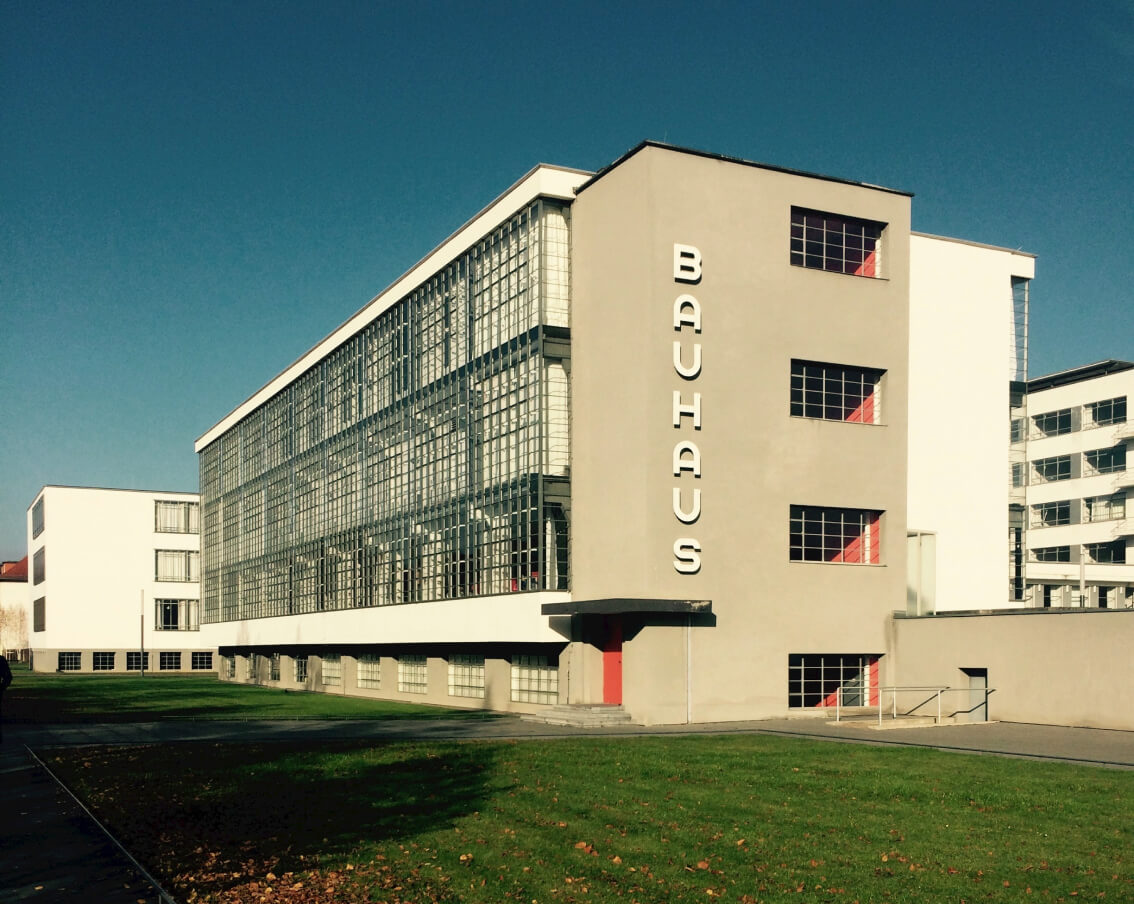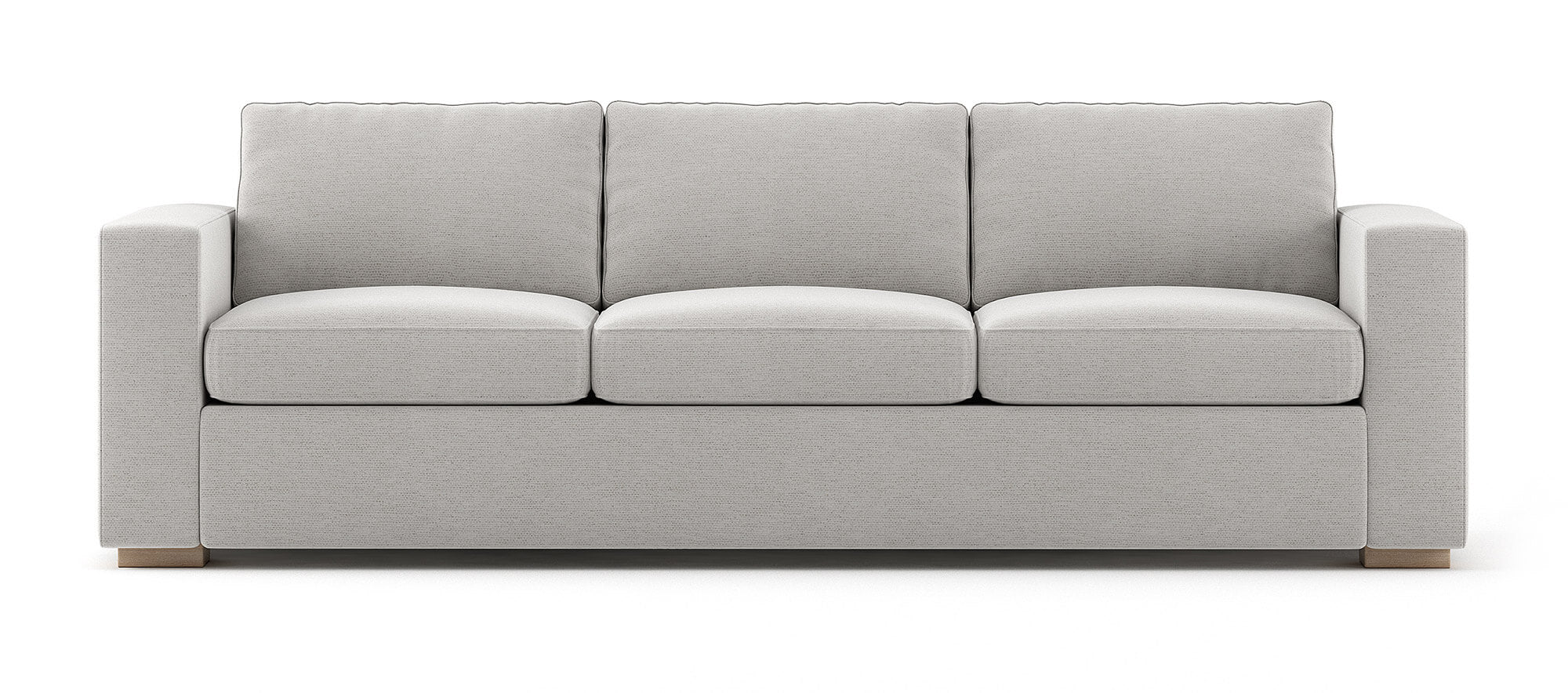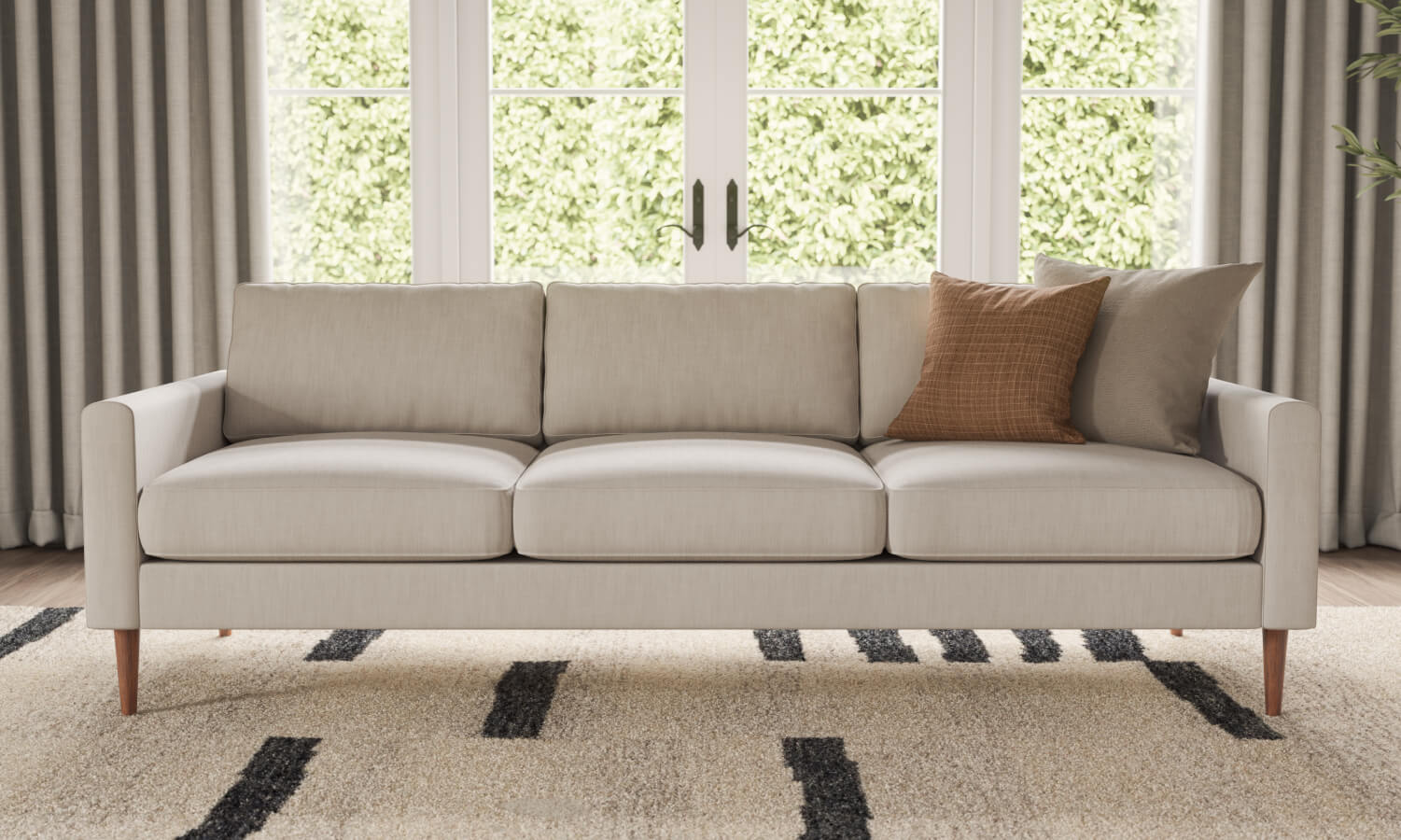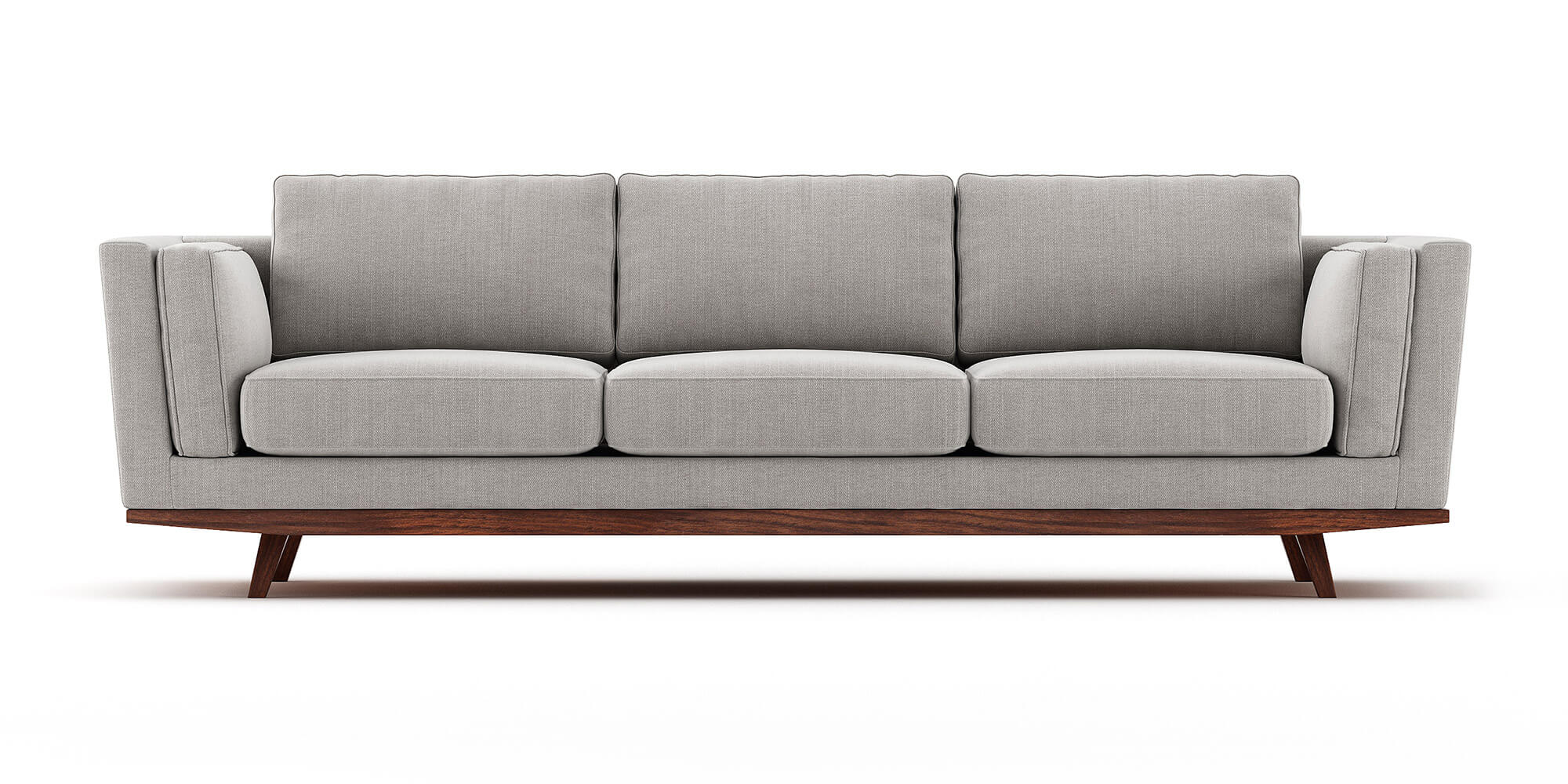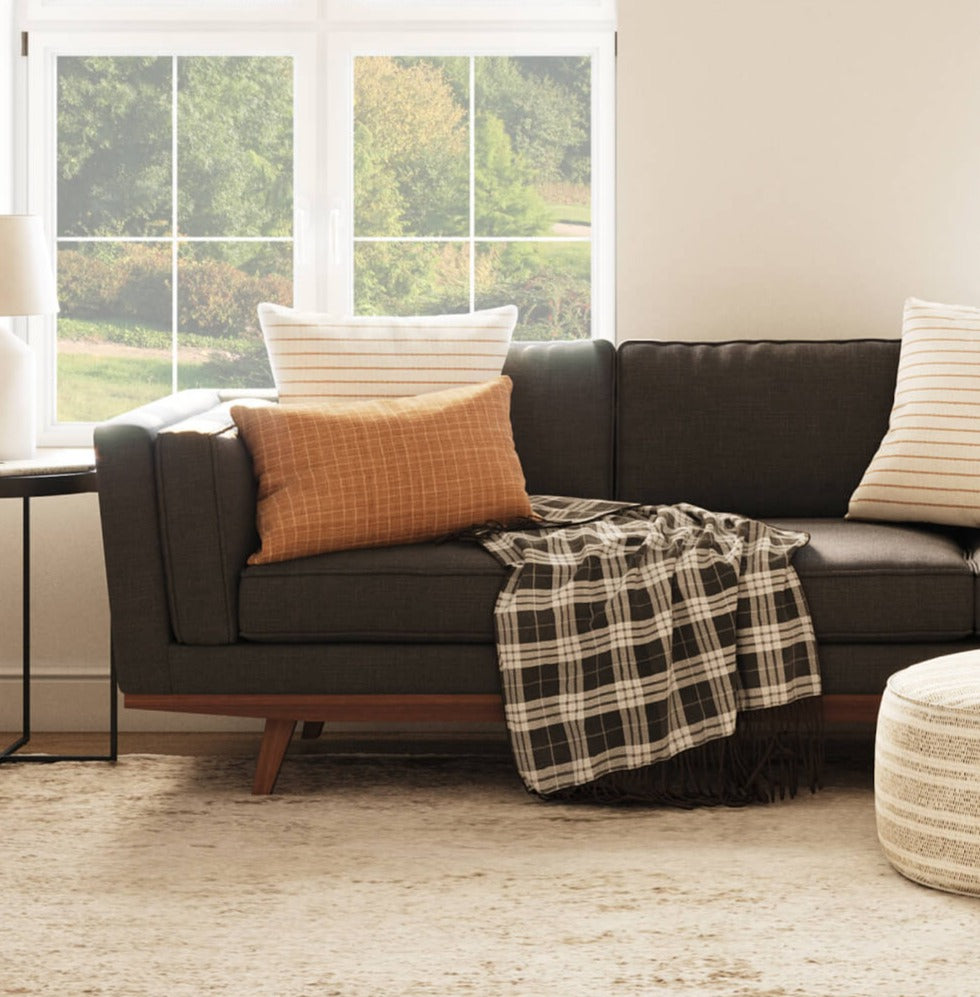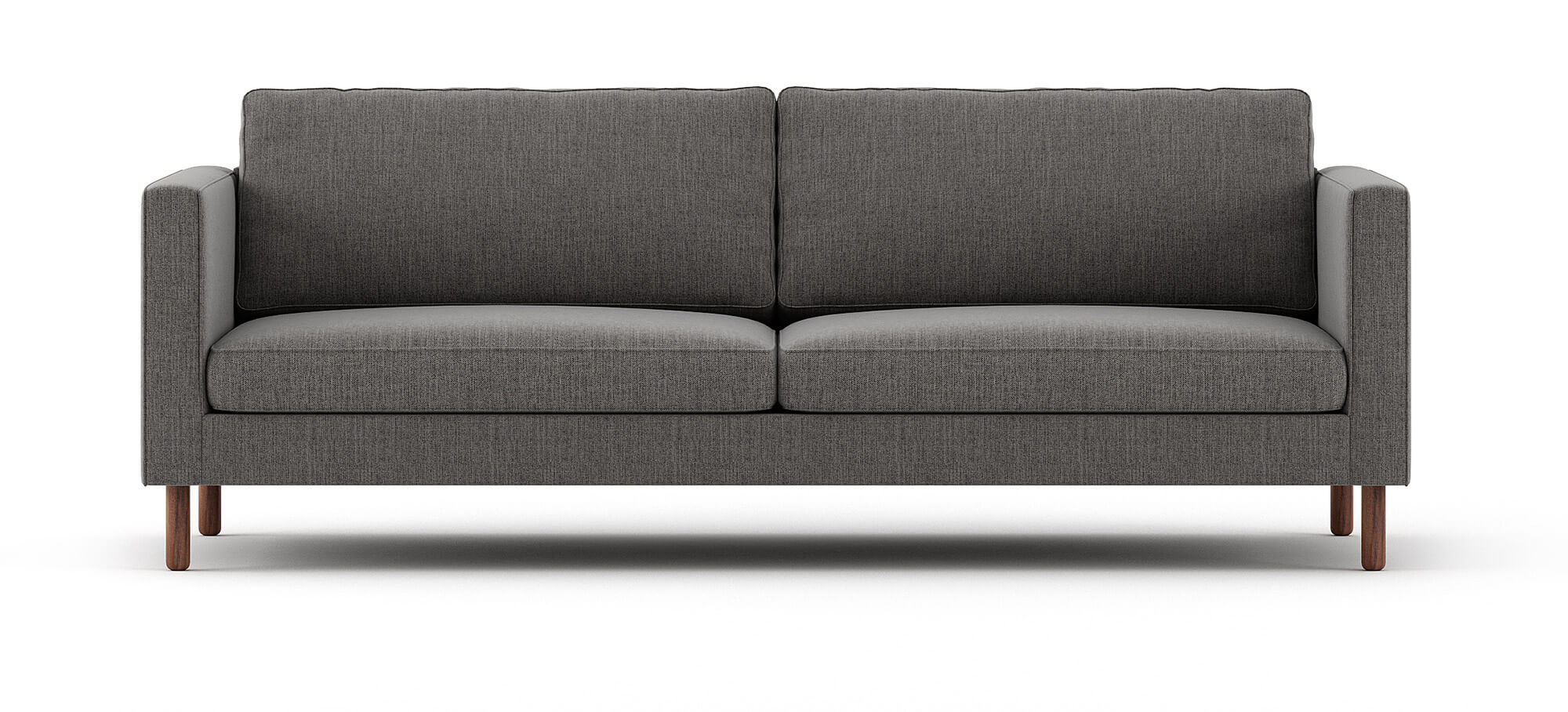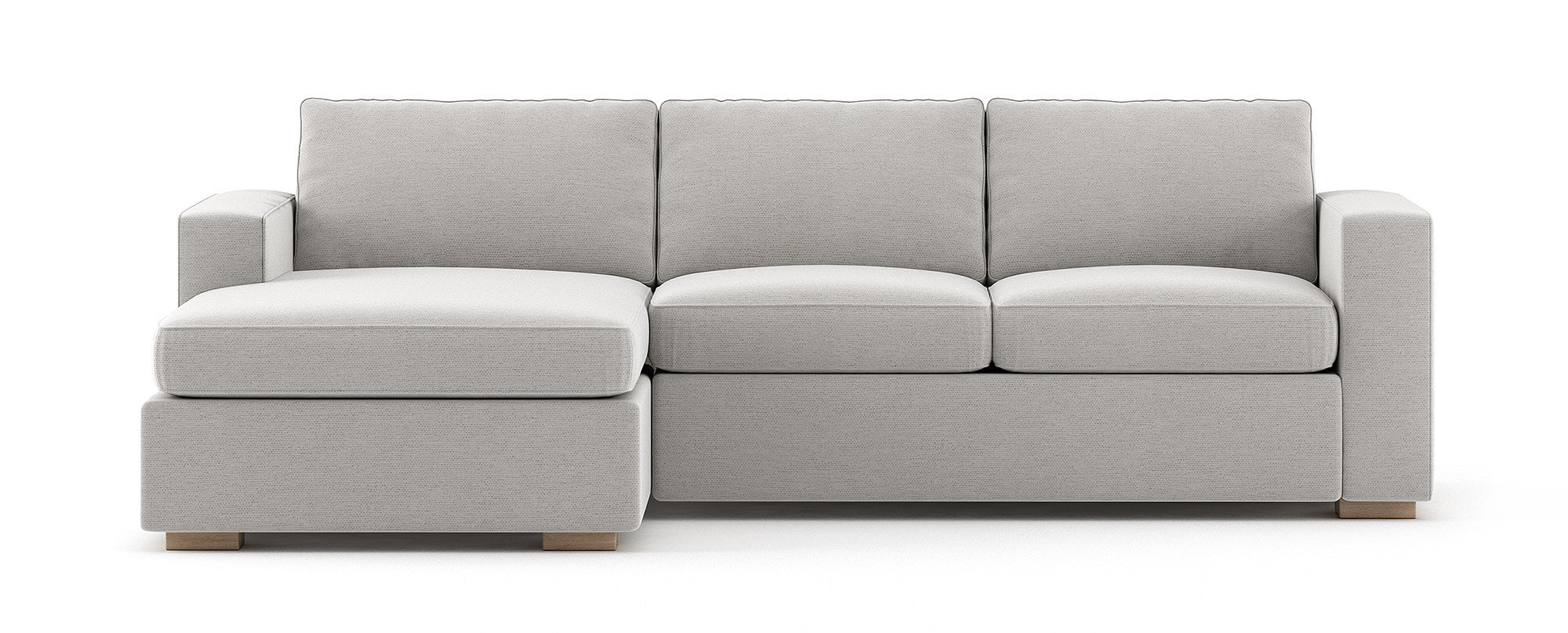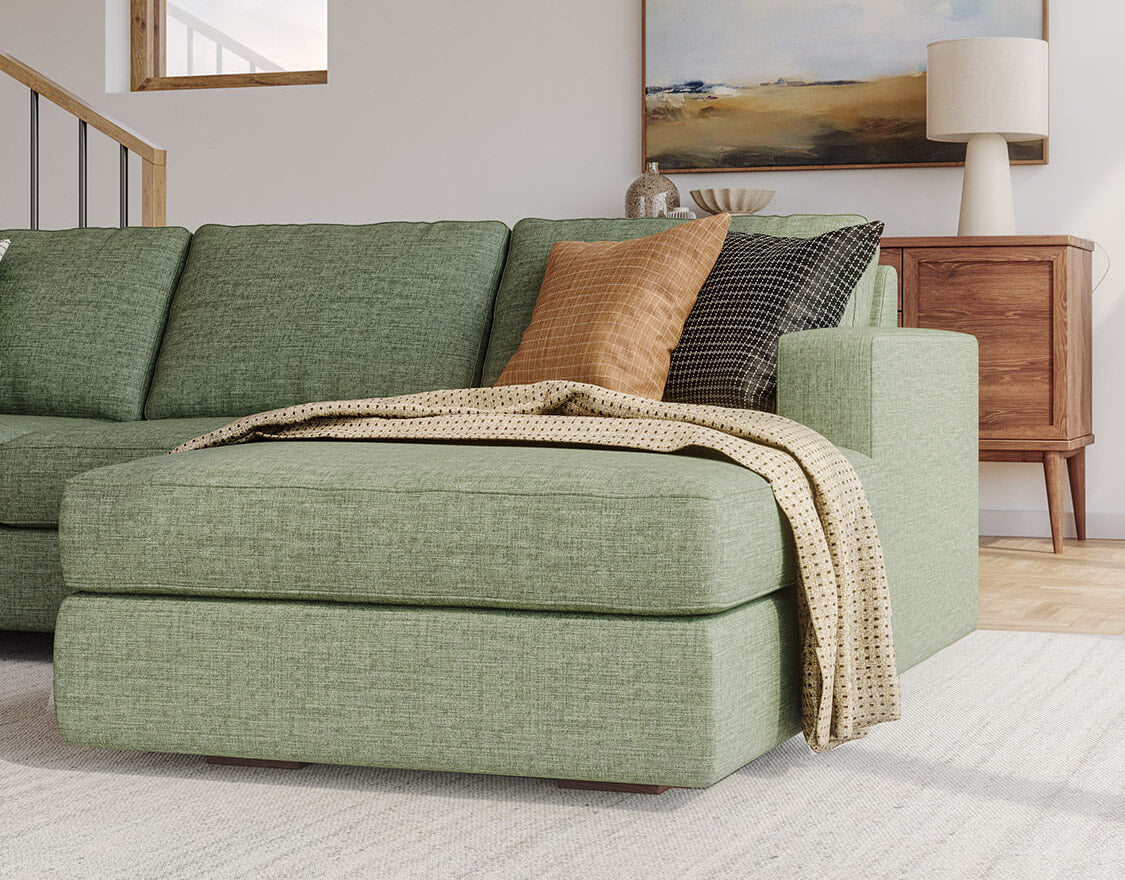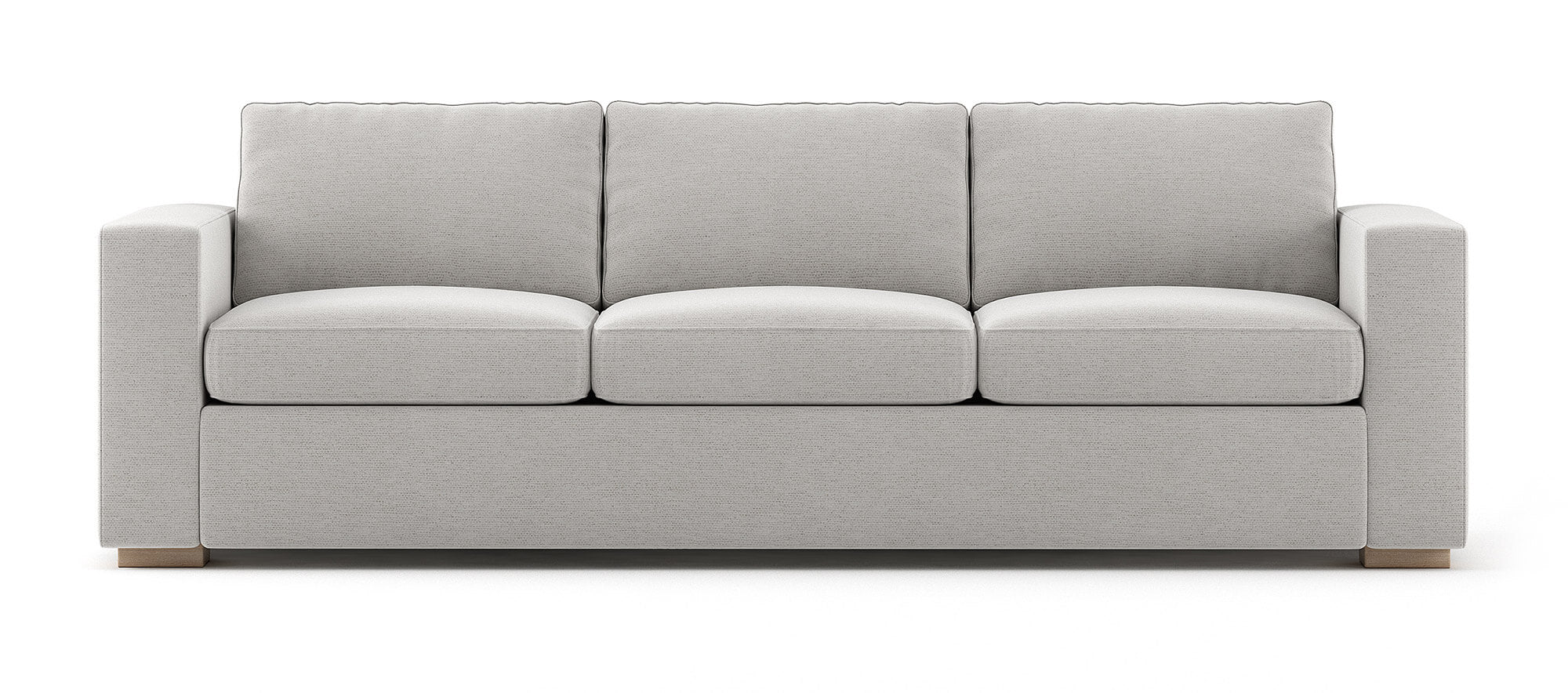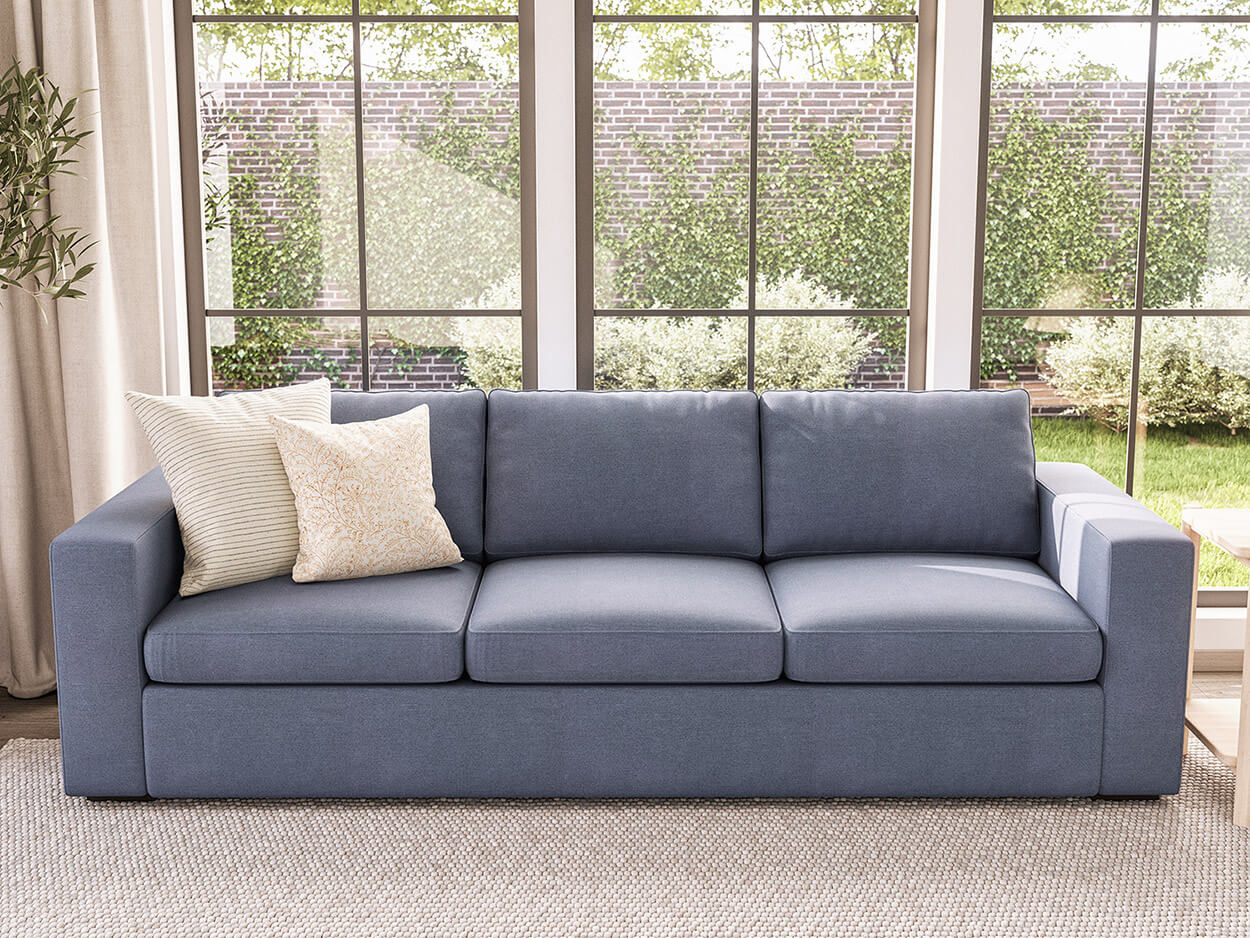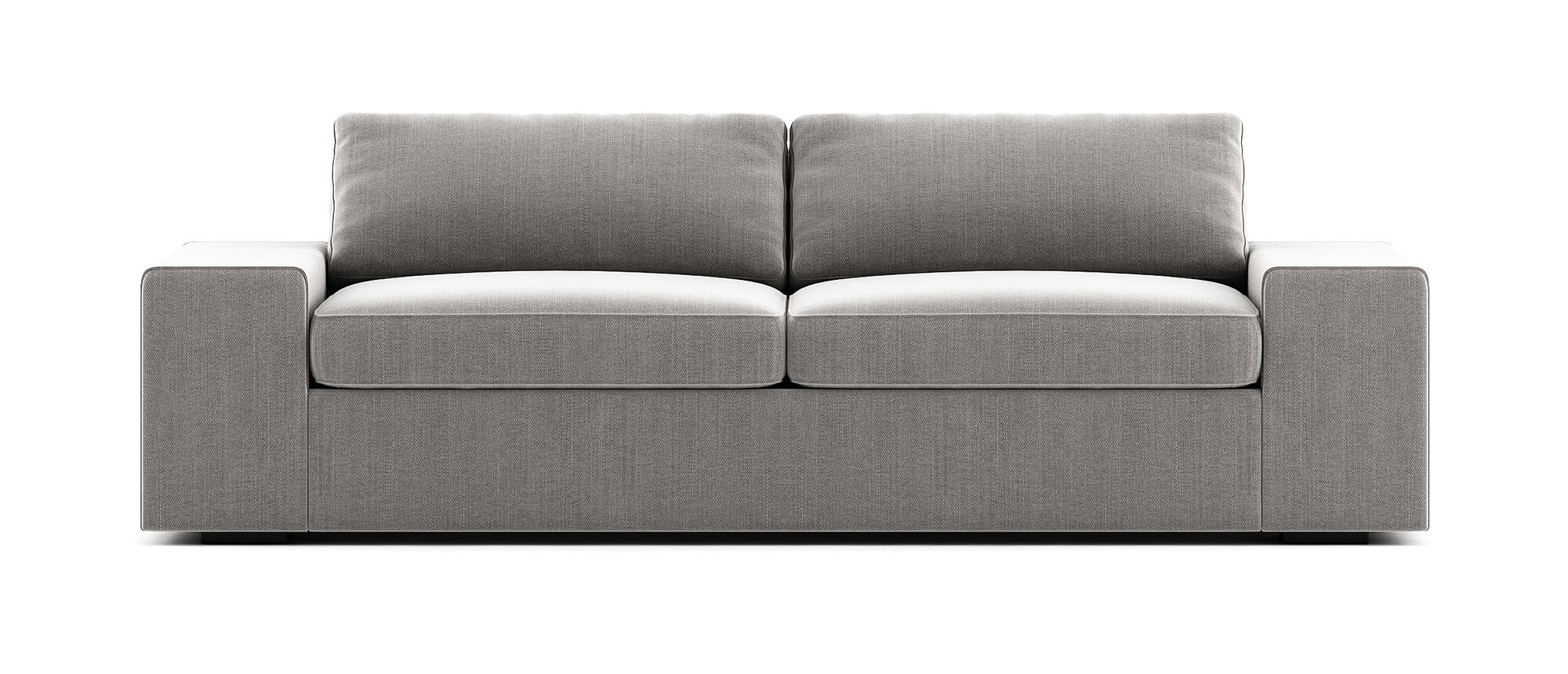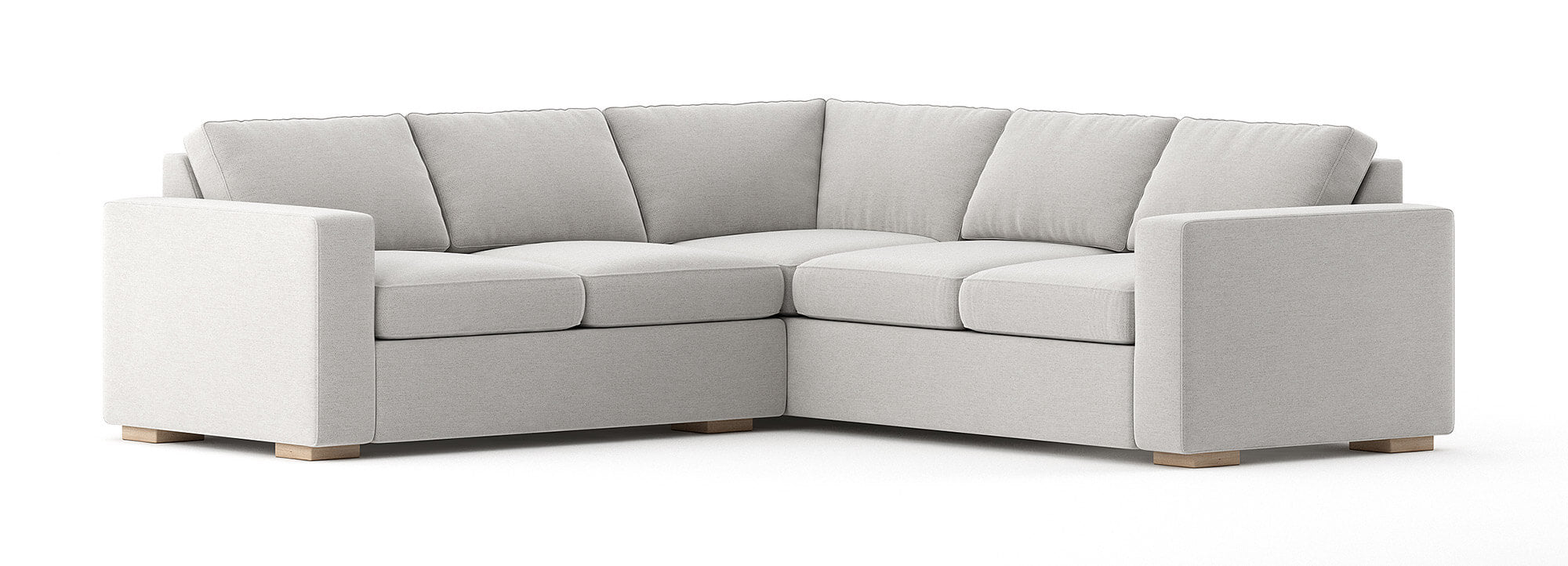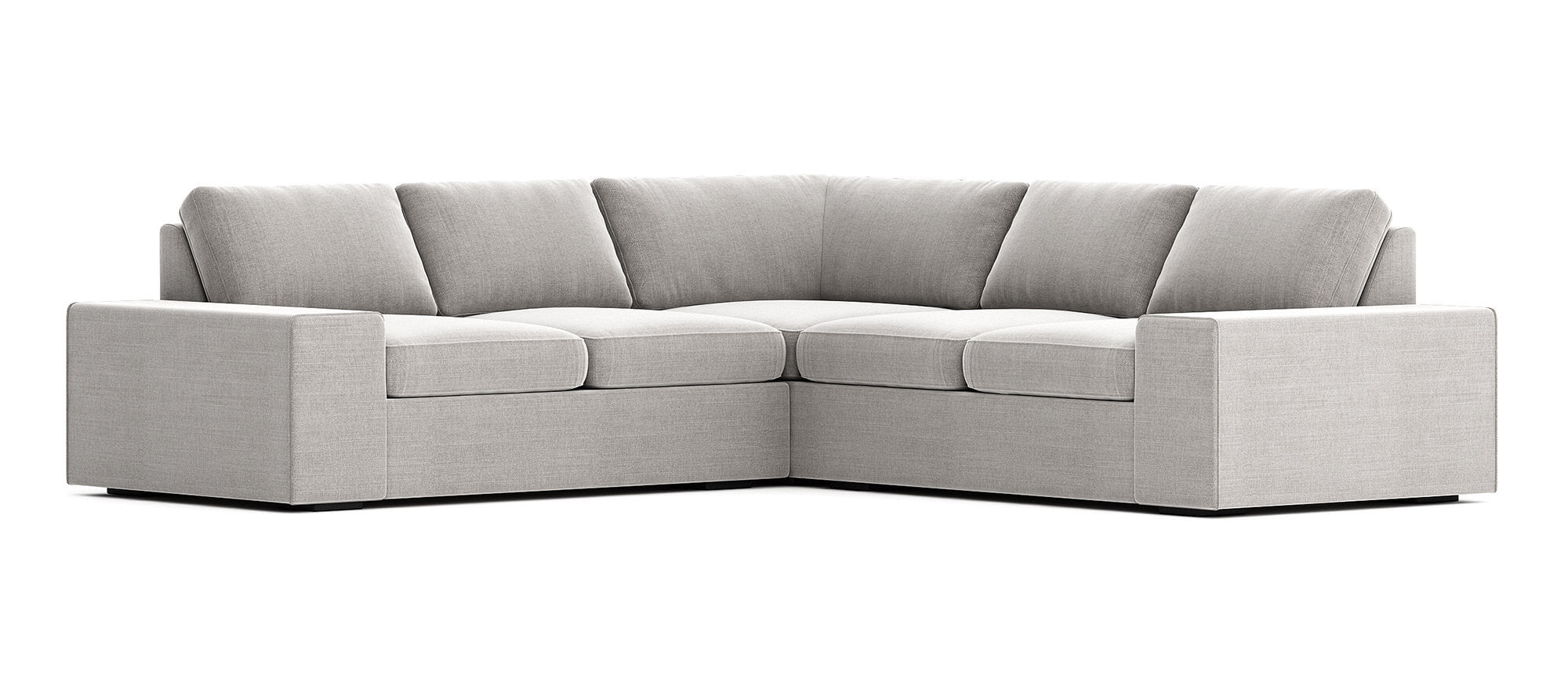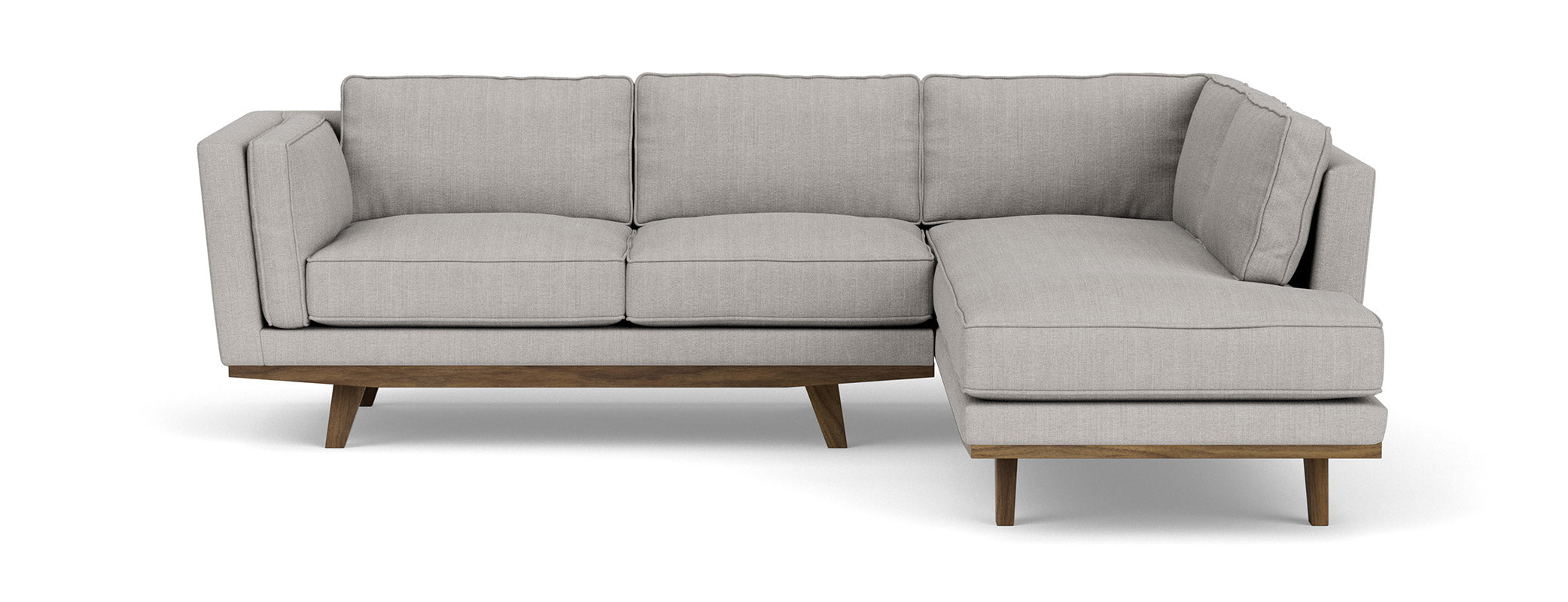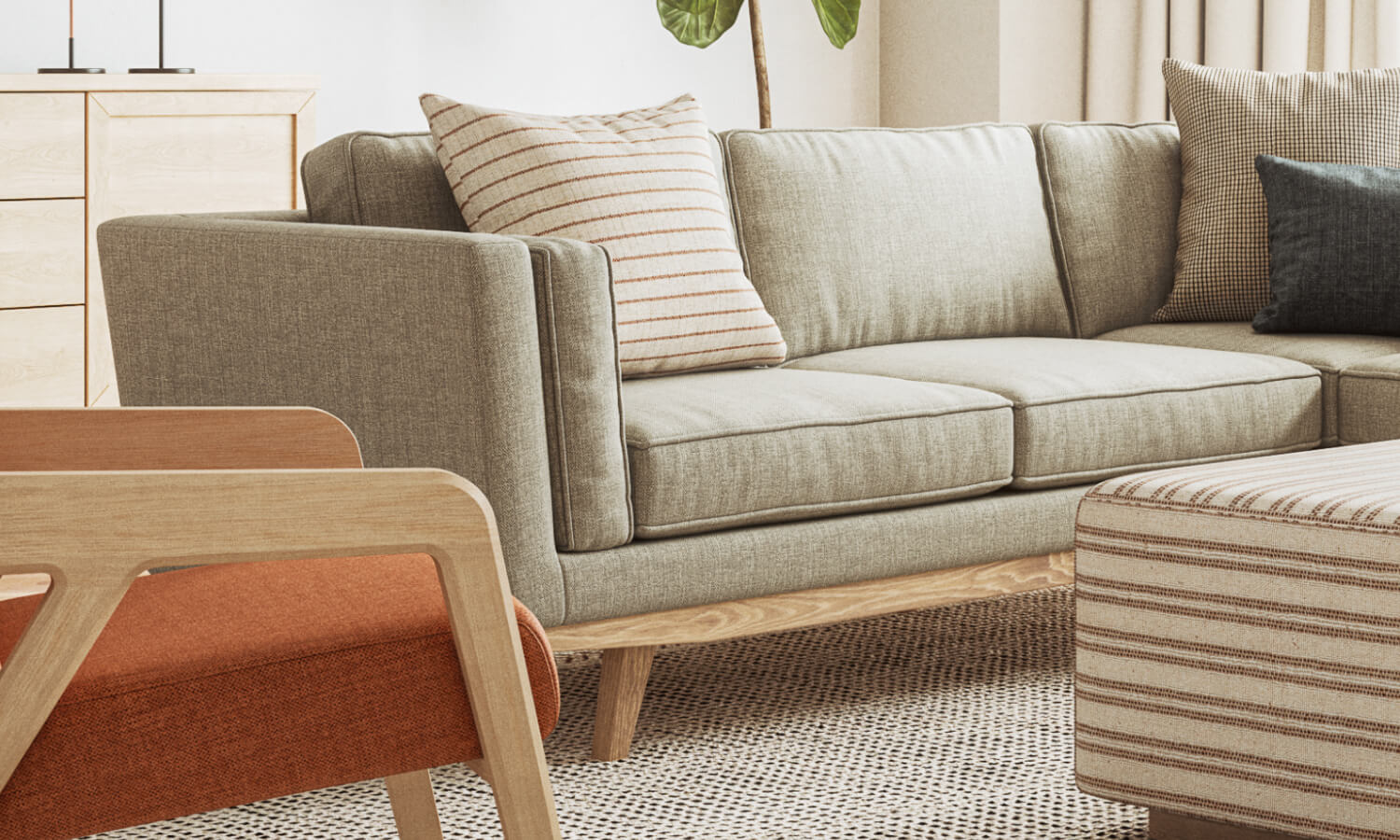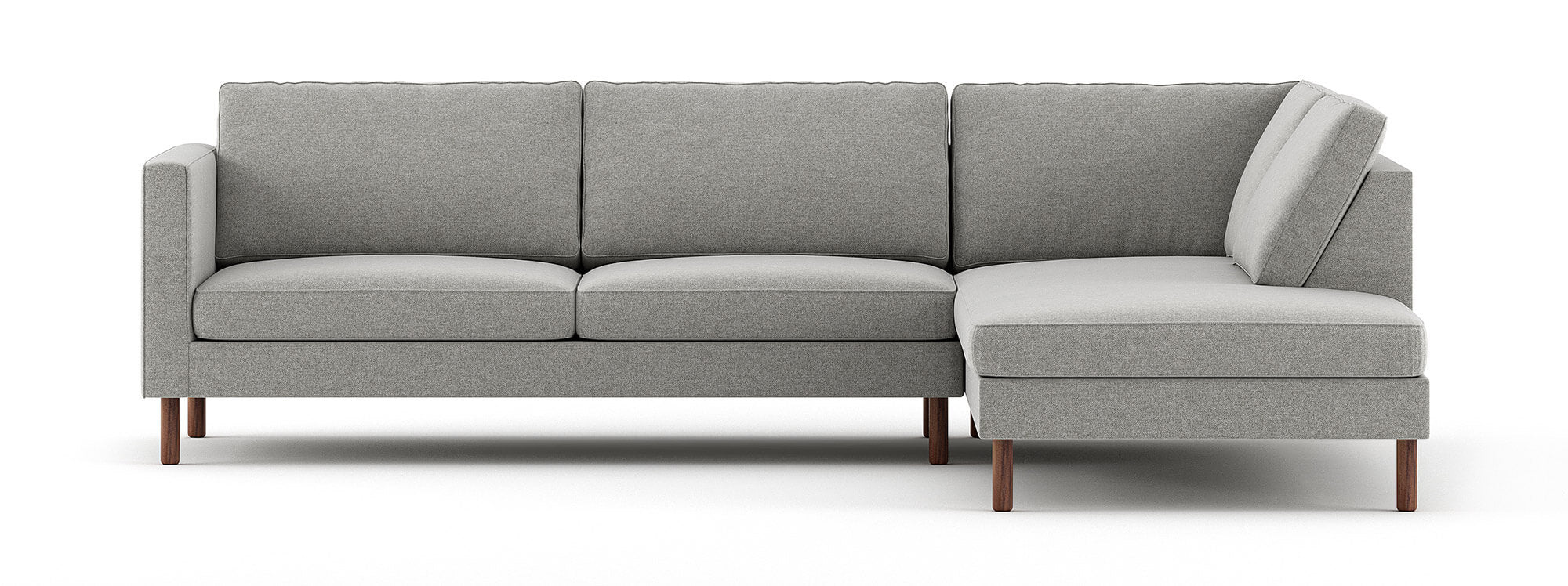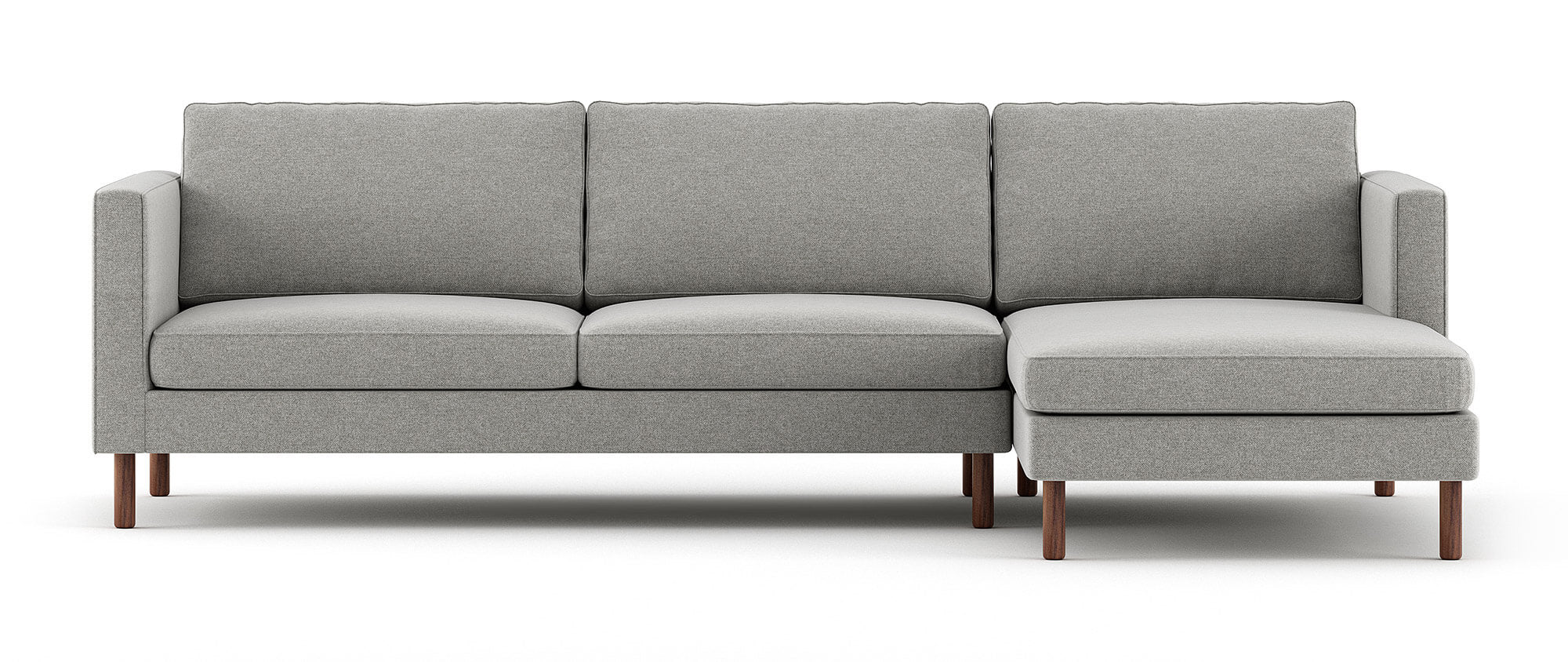If you love mid century modern architecture, furniture, or design at large, you’ll want to know about Joseph Eichler and his unique homes located throughout California. Though they were built 50 years ago, their revolutionary designs remain relevant and inspiring, and continue to inspire how we build homes today.
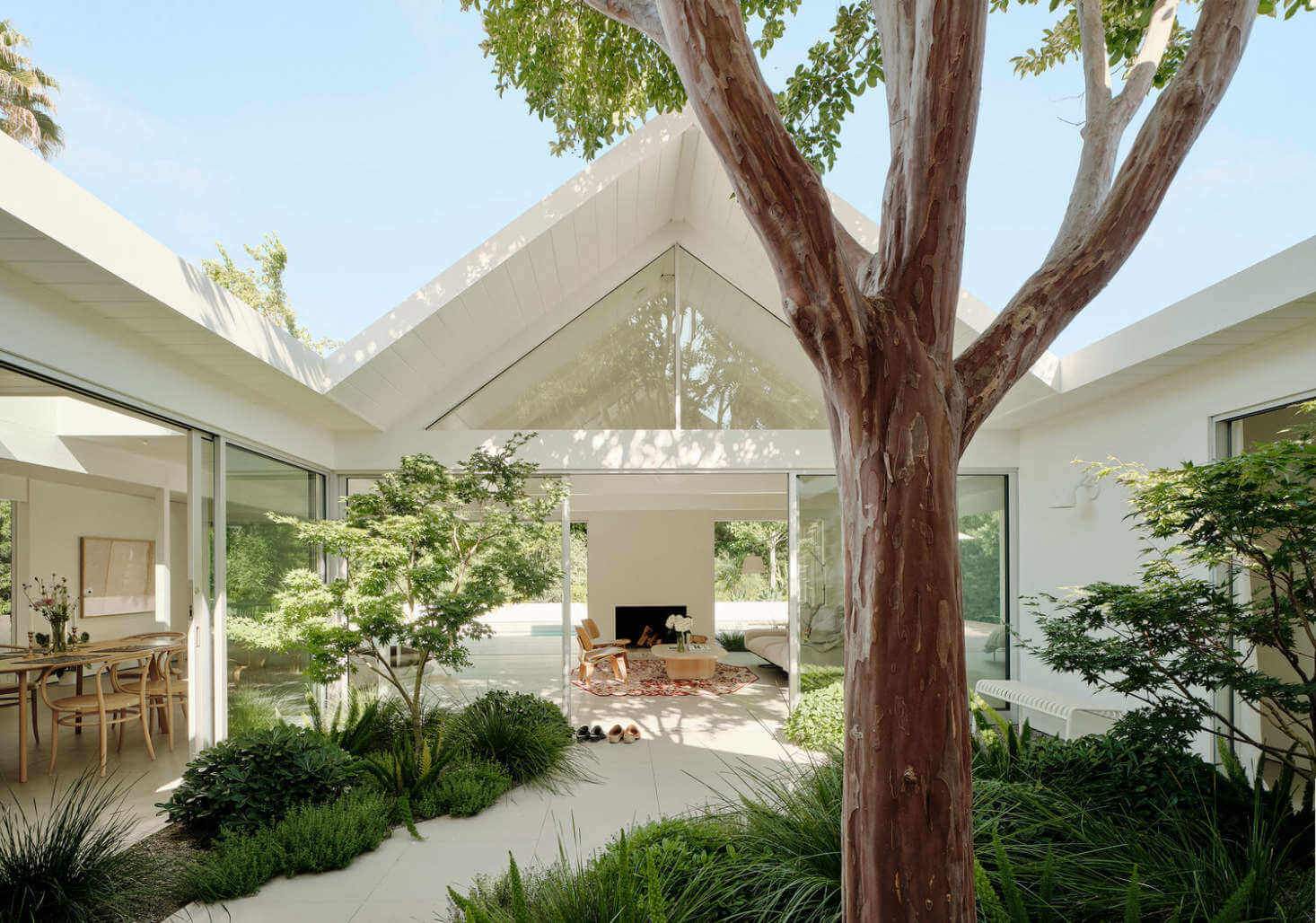
Image via Remodelista (Photo: Joe Fletcher)
Joseph Eichler's History
Eichler was born in New York, New York in 1900. He spent the first 40 years of his life getting married, having two sons, and working for his wife’s family’s company, a butter and eggs wholesale firm. In the 1940s, after relocating to Northern California, Eichler moved his family into the Frank Lloyd Wright’s Bazzett House in Hillsborough. Eichler was so inspired by this kind of modern living that he knew he needed to live in a similar house of his own.
He teamed up with a young architect, Robert Anshen, who was also inspired by Wright, to design a home in the suburbs for his family. During this process, he began thinking of ways to get everyday people into these modern homes. He started investing in a venture that designed prefabricated small, affordable, and stylish houses.
The first editions of his trademark tract houses, which were extremely popular after World War II as a huge influx of young families sought housing, were simple. Once he partnered with Anshen, however, things changed. Anshen imagined up creative ways to bring modern living into affordable homes. He asked Eichler for a commission to design three models and produced plans that included unheard-of features like hot water-heated floors and huge expanses of glass.
Eichler built his first batch of 50 three-bedroom, one-bath trademark tract homes, seilling for $10,000 each. The first Eichler houses. From there, the homes took off. Eichler Homes built over 10,000 homes in the San Francisco area and about 900 in Southern California from 1949-1966.
Eichler wanted to improve the quality of housing across the region, and he did just that with his homes that were uniquely stylish yet still affordable. His ultimate goal was to build "well-designed houses with a sense of moral purpose."
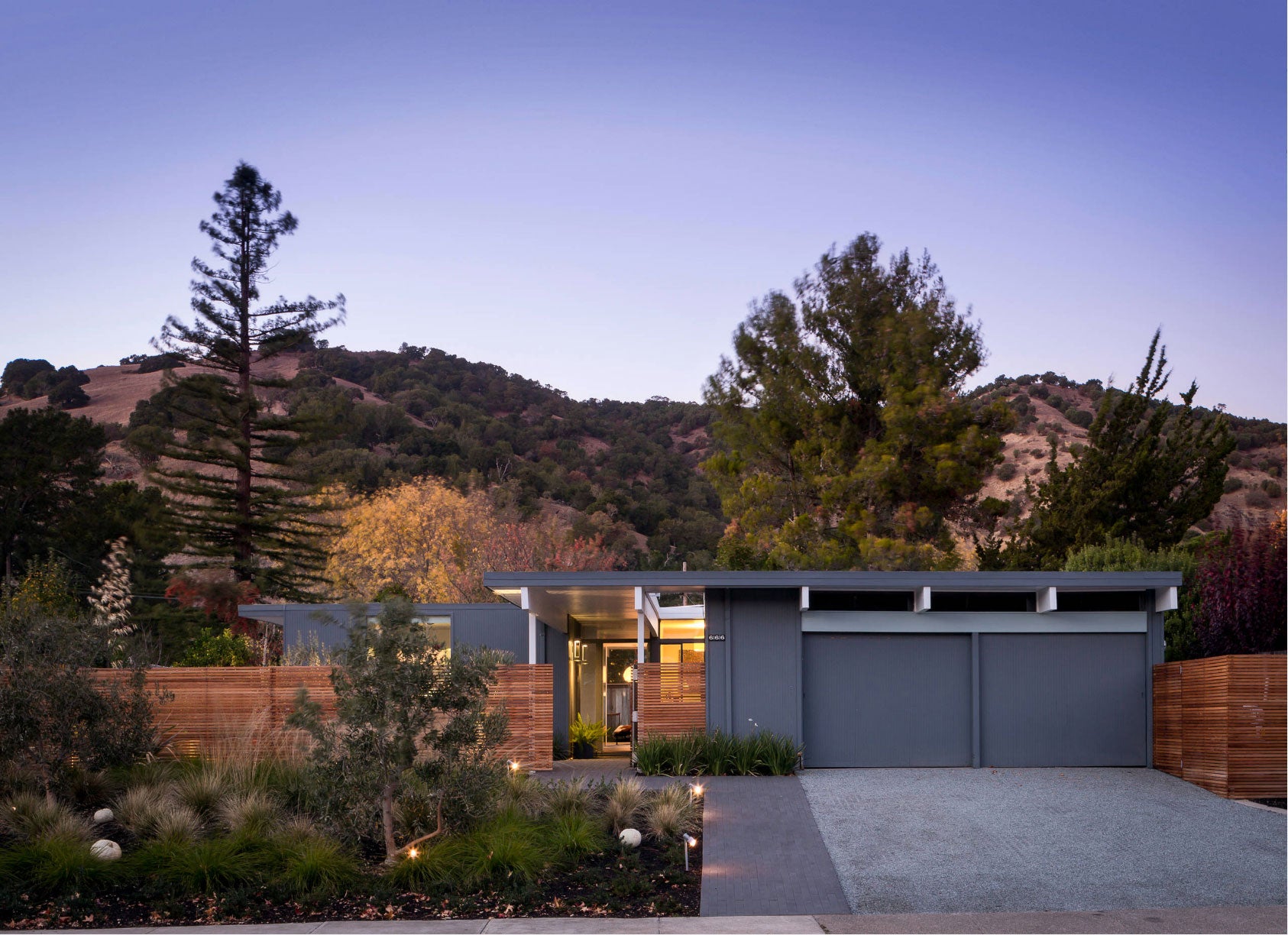
Image via Flavin Architects / Eichler Restoration by Building Lab (Photo by Scott Hargis)
Eichler's "California Modern" style, explained
Eichler homes are known today as “California Modern” style. They feature open floor plans, post-and-beam construction, and floor-to-ceiling glass windows that look out onto patios and yards. They encouraged “indoor-outdoor” living, with outdoor atriums in the center of the home that brought in the California sunshine.

Image via Flavin Architects / Eichler Restoration by Building Lab (Photo by Scott Hargis)
The clean, simple lines of Eichler Homes are key features to contemporary modern style, making these older homes appear timeless. Eichler homes are a monument to functionalism, minimalism, and efficiency. The homes featured heated floors (using hot-water technology), and the large windows filled the homes with natural light.
Though these structures were mass-produced, variations in the floorplans and exteriors keep them from looking identical. The fact that he was able to build tract homes that still felt custom were one of Eichler’s crowning achievements.

Above: Medley's Kirnik Sofa, pictured here in a Portland, OR Eichler home, melds with all kinds of modern styles and spaces.
How Eichler homes fostered community and a loyal following
In addition to being famous for his home design, Eichler was also famous for his politics. He upheld a non-discrimination policy, where he sold homes to anyone regardless of race or religion, and offered to buy back homes from those who had trouble accepting their neighbors. In 1958, when the National Association of Home Builders failed to support a non-discrimination policy, he resigned from the group.
Eichler’s designs truly became the modern family home. Their small footprint—just 1,500 square feet, as well as being centered around a hub or atrium, helped bring families closer together. In traditional houses of the 1950s, the kitchen and living room were separated by a wall. But in Eichler houses, the wall is typically cut down to a counter, allowing conversation to flow and parents in the kitchen able to keep an eye on children in the living room.
Those who live in Eichler homes today are fiercely loyal. Many have fully restored them to their former glory, replacing everything from handle pulls to sinks so they fit seamlessly with the existing design. Communities of Eichler homes bring people together, as they share resources like plumbers or furniture companies that are specifically compatible with their homes.
A top mid-century modern realtor in the Silicon Valley, Monique Lombardelli, explained that tech’s major players love Eichler. “I have clients who work for Google, Apple, Yahoo, and AOL. They just love the marriage of form and function. The simpler, the better,” Lombardelli said.
Steve Jobs even grew up in an Eichler-inspired home in Northern California, claiming that “his appreciation for Eichler homes instilled in him a passion for making nicely designed products for the mass market.” “I love it when you can bring really good design and simple capability to something that doesn’t cost much,’ he said as he pointed out the clean elegance of the houses,” Jobs’ biographer wrote. “It was the original vision for Apple. That’s what we tried to do with the first Mac. That’s what we did with the iPod.”
Despite Eichler homes growing older, this has certainly not hurt their value. When Eichler Homes were purchased in their heyday, they went for around $19,000. Today in Palo Alto, one of these homes can sell for millions.
The timeless, stylish design of Eichler homes isn’t going anywhere—that’s what happens when efficiency and thoughtful design succeed at bringing people together. Here at Medley, we borrow these principles to create furniture with simple, well-crafted details and timeless appeal that transcends mere utility. From handcrafted, comfy sofas to dining tables in beautiful, FSC-certified Maple and Walnut, we design to express functional style, comfort, and thoughtful practicality.
Would you want to live in an Eichler home?



